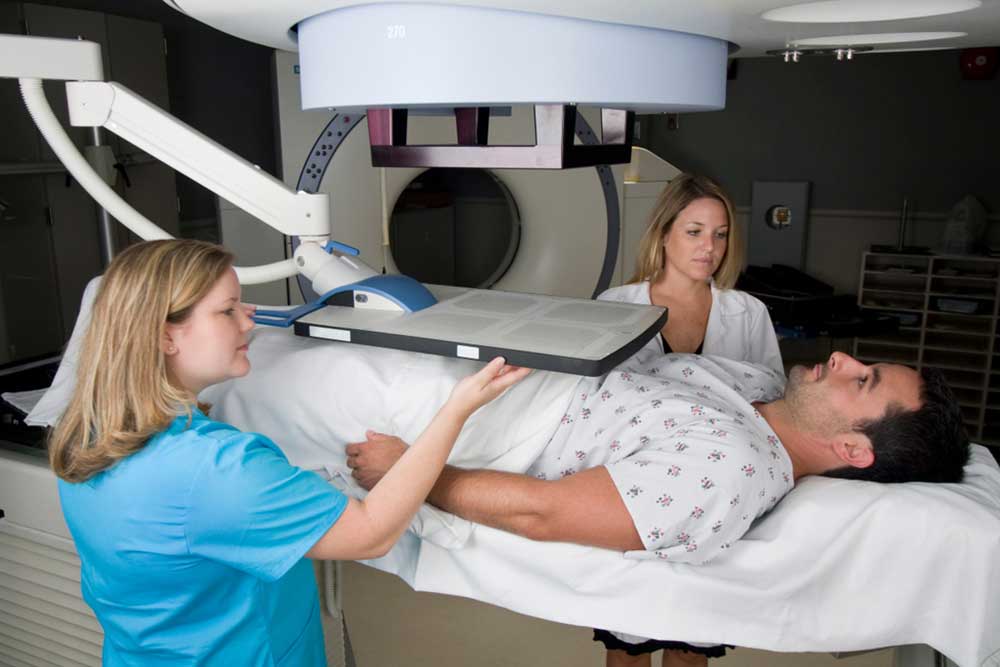Comprehensive Guide to Fistula Management: Effective Treatment Strategies and Surgical Options
This comprehensive guide covers the causes, types, and the most effective surgical treatments for fistula management. It emphasizes personalized care, innovative techniques, and the importance of early diagnosis to ensure successful healing and prevent recurrence, offering valuable insights for patients and healthcare providers alike.

Comprehensive Guide to Fistula Management: Effective Treatment Strategies and Surgical Options
A fistula is an abnormal connection that forms between two organs or tissues that are normally separate. This condition can occur in various parts of the body and often causes significant discomfort, infection, and other health complications. Understanding the causes, types, and surgical treatments available for fistula management is essential for patients and healthcare professionals alike. In this article, we delve into the causes of fistulas, explore their different types, and provide detailed insights into the most effective treatment options currently available.
Understanding the Causes and Development of Fistulas
Fistulas typically develop as a complication of inflammatory processes, traumatic injuries, or previous surgeries. The most common underlying cause for fistula formation is inflammatory bowel diseases, particularly Crohn's disease, which leads to chronic inflammation and tissue damage. Other causes include infections, radiation therapy, malignancies, or injury during surgical procedures.
Many fistulas develop from an initial abscess or infection that erodes through tissues, creating an abnormal pathway. For example, a perianal abscess can eventually lead to an anorectal fistula, extending from the anal canal to the skin. Similarly, traumatic injuries or surgical complications can result in a fistula connecting different organs or tissues.
It is important to recognize that fistulas often require complex management due to their location and the surrounding structures involved. Proper diagnosis involves clinical examination, imaging studies such as MRI or fistulograms, and sometimes endoscopic assessment to determine the extent and complexity of the fistula.
Common Types of Fistulas and Their Locations
Fistulas can occur in various parts of the body, and each type presents unique challenges in management. Here are some of the most frequently encountered fistula types:
Anorectal Fistulas: These develop between the anal canal and the skin near the anus. Often resulting from abscesses, anorectal fistulas are among the most common types encountered in colorectal surgery.
Rectovaginal Fistulas: These connect the rectum to the vagina and can cause symptoms such as stool leakage, infections, and discomfort during sexual activity. They often result from inflammatory diseases or obstetric trauma.
Colovaginal Fistulas: Similar to rectovaginal fistulas but specifically involve the colon and vagina, typically due to inflammatory or malignant processes.
Vesicovaginal Fistulas: These involve an abnormal opening between the bladder and the vagina, often caused by obstetric injury, radiation, or surgical trauma. Symptoms include continuous urinary leakage through the vagina.
Urethrovaginal Fistulas: Occur between the urethra and the vagina, leading to urine leakage and other complications.
Effective Surgical Treatments for Fistula Management
Effective management of fistulas usually requires surgical intervention, especially for complex or persistent cases. The choice of surgical procedure depends on various factors, including the fistula’s type, location, size, and underlying cause. The ultimate goal is to achieve a complete closure of the fistula, preserve sphincter and organ function, and prevent recurrence or infection.
Conservative treatments such as antibiotics and wound care may help in some cases, but they are generally insufficient alone for fistula closure. Dietary modifications, hydration, and avoiding irritating foods can support the healing process but do not replace surgical intervention.
Below are the most common surgical procedures used in fistula treatment:
Fistulotomy: Considered one of the simplest and most effective procedures for uncomplicated fistulas, fistulotomy involves surgically opening the fistula tract to allow it to heal from the inside out. The aim is to fully lay open the fistula without damaging surrounding muscles, thus reducing the risk of recurrence. This procedure is typically suited for lower, superficial fistulas.
Seton Drain Placement: For complex or high fistulas, a seton (a piece of surgical thread or rubber) is threaded through the fistula tract. It serves as a controlled way to promote drainage, reduce infection, and gradually cut through tissue in a process called 'seton therapy.' This staged approach helps minimize damage to sphincter muscles and preserves continence.
Endorectal Advancement Flap: This technique involves excising diseased tissue around the internal opening of the fistula. A healthy tissue flap from the rectal mucosa is then advanced to cover the internal opening, thus sealing the fistula from within. It’s especially useful for recurrent fistulas or those involving the anal sphincter.
LIFT (Ligation of Intersphincteric Fistula Tract) Procedure: This minimally invasive technique focuses on ligating or tying off the fistula tract between the sphincter muscles, thereby eliminating the abnormal connection. Often performed after initial seton placement, the LIFT procedure aims for effective closure with minimal impact on continence.
Temporary Colostomy: In complex or extensive cases, such as rectovaginal fistulas or when other procedures have failed, creating a temporary colostomy diverts stool away from the fistula site. This reduces contamination, facilitating healing. Once the healing is complete, the colostomy can be reversed to restore normal bowel function.
Additional Techniques and Postoperative Care
Beyond the main surgical options, other adjunctive techniques have been developed to improve outcomes. Endoscopic approaches, such as fistula plugs and medical glues, are minimally invasive options that promote closure, especially for smaller fistulas. These methods involve placing biocompatible materials or tissue adhesives into the fistula tract to facilitate healing.
Fistula plugs, made from biological tissue, act as scaffolds for tissue regeneration, while tissue glues seal the tract. These alternatives are particularly advantageous in patients for whom surgery carries high risks or for fistulas that have failed previous interventions.
Postoperative care is crucial to ensure successful healing. Patients are advised to maintain a high-fiber diet to promote stool softening, avoid straining during bowel movements, and keep the surgical site clean and dry. Pain management, antibiotics, and sometimes stool softeners are prescribed to minimize discomfort and prevent infection.
Monitoring for signs of recurrence or infection is essential. Regular follow-up appointments help healthcare providers assess healing progress and address any issues promptly. In some cases, additional procedures may be necessary to achieve complete closure.
Conclusion: Personalized Approach to Fistula Treatment
Managing fistulas effectively requires a comprehensive and personalized approach, considering the type, location, and underlying cause of each fistula. Surgical intervention remains the cornerstone of treatment, but innovations such as minimally invasive procedures and biological agents are expanding options. Early diagnosis, appropriate surgical planning, and diligent postoperative care significantly improve outcomes and reduce the risk of recurrence.
Patients experiencing symptoms consistent with a fistula should seek prompt medical attention. An experienced healthcare team can determine the best treatment strategy tailored to individual needs, leading to optimal results and improved quality of life.





